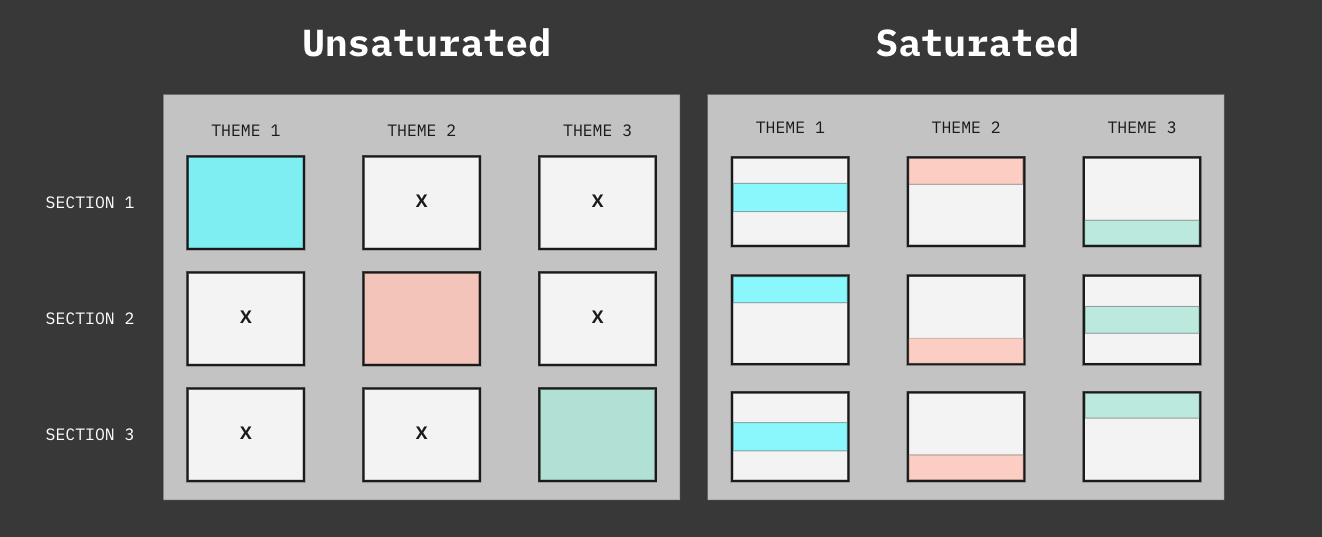👋 — Thanks for following along the last 3 weeks. This is possibly the most fun I’ve ever had writing. I’m feeling the Substack effect. The twice-a-week cadence, while stupidly ambitious, is a real shock into action. More essays and experiments on the way.
I’ve made no effort to get my work read and I’d like to change that soon. I unfortunately have little bandwidth to design Girl-Scout-cookie-grade viral campaigns, so I’ll have to keep it simple. If you’ve been enjoying Dean’s List, scream it from the roof (or, here’s a button).
Agenda:
SMALL TALK: I chose to banish the small talk to the footnote feature (weird dreams1, covert art2, Substack chat experiments3). Considering how dense my essays are, I’d like to keep the weekend reading lighter (around 500 words) and more visual.
DECONSTRUCTED: Last week, I shared a piece called Resurrections On-Demand: Put LSD Back in the Communion Wine. This is probably the craziest idea I’ve ever published. I’ve been carrying this whale for 10 years, and hope to expand on it in the future. In case you didn't catch the essay, here’s a footnote summary.4 Today I'll unpack an idea that was crucial in helping me edit this thing: Saturation.
Saturation
DECONSTRUCTED #3
My first draft of this essay was almost as dry as an academic paper. Sure, I did mention one quick story in the beginning. Personal writing? Check. But then I exploded into a detailed play-by-play of an Ancient Greek odyssey; Michael Dean was nowhere to be found. Midway through the Google Doc,
left a refreshing comment:“Why do you care about this!?”
Of course! I got so bent on ‘unpacking the mysteries,’ that I went on a 1,500 word rage without including even a splash of personal relevance. What happened? I got insecure. Since the thesis is kind of batshit crazy, I obsessed over perfecting the theory’s logic; losing sight of the human element.
So how much personal do I need to weave in? It’s not about volume, but spacing. Sometimes all you need is one sentence to remind your reader you still exist. Sometimes a story is the organizing device of an essay, but in other cases (like this one), you can sprinkle them in.5
By blending stories into ideas, the author has a constant presence. Every 250-400 words, I check back in.
We should avoid one-off globs and focus on weaving the important elements all the way through; whether it’s stories, a voice, or a theme. The essence of a piece should saturate the whole essay.

If you want a theme or tone to be felt by the reader, it needs to be distributed across the essay, from top to bottom. It can’t just exist in one spot; it needs to return at a regular cadence to reinforce itself.
[ Voice ] comes from [ personality ] saturating the page.
[ Vulnerability ] comes from [ stories ] saturating the page.
[ Cohesion ] comes from [ related ideas ] saturating the page.
Whether you want to be more playful, personal, or observational (see: POP Writing), it helps to understand saturation.
How do we pull this off? Highlighters.
Subscribe to unlock this post, and everything else featured in my Craft section.
Keep reading with a 7-day free trial
Subscribe to Essay Architecture to keep reading this post and get 7 days of free access to the full post archives.





